Many variants exist including variations that change the order of the letters, including LGBT+. At least some of the components of sexuality (regarding hetero, bi, straight), and also gender is stated to be on different spectrums of sexuality.
Other common variants also exist, such as LGBTQIA, with the A standing for “asexual,” “aromantic,” or “agender,” and LGBTQIA+, where “[t]he ‘+’ represents those who are part of the community, but for whom LGBTQ does not accurately capture or reflect their identity.”Longer acronyms have prompted criticism for their length, sometimes being referred to as “alphabet soup“, and the implication that the acronym refers to a single community is also controversial. Although identical in meaning, LGBT may have a more feminist connotation than GLBT as it places the “L” (for “lesbian”) first.LGBT mayalsoincludeadditionalQs for “queer” or “questioning” (sometimes abbreviated with a question mark and sometimes used to mean anybody not literally L, G, B, or T) producing the variants LGBTQ and LGBTQQ.
The order of the letters has not been standardized; in addition to the variations between the positions of the initial “L” or “G”, the mentioned, less common letters, if used, may appear in almost any order. In Spain, LGTB is used, that is, reversing the letters “B” and “T”. Variant terms do not typically represent political differences within the community but arise simply from the preferences of individuals and groups.
The terms pansexual, omnisexual, fluid, and queer-identified are regarded as falling under the umbrella term bisexual (and therefore are considered a part of the bisexual community). Some use LGBT+ to mean “LGBT and related communities”.LGBTQIA is sometimes used and adds “queer, intersex, and asexual” to the basic term. Other variants may have a “U” for “unsure”; a “C” for “curious”; another “T” for “transvestite“; a “TS”, or “2” for “two-spirit” persons; or an “SA” for “straight allies“.
The inclusion of straight allies in the LGBT acronym has proven controversial, as many straight allies have been accused of using LGBT advocacy to gain popularity and status in recent years, and various LGBT activists have criticized the heteronormative worldview of certain straight allies. Some may also add a “P” for “polyamorous“, an “H” for “HIV-affected“, or an “O” for “other”. The initialism LGBTIH has seen use in India to encompass the hijra third gender identity and the related subculture.
Adding the term allies to the initialism has sparked controversy, with some seeing the inclusion of “ally” in place of “asexual” as a form of asexual erasure. There is also the acronym QUILTBAG (queer and questioning, unsure, intersex, lesbian, transgender and two-spirit, bisexual, asexual and aromantic, and gay and genderqueer). Similarly, LGBTIQA+ stands for “lesbian, gay, bisexual, transgender, intersex, queer/questioning, asexual and many other terms (such as non-binary and pansexual)”.
In Canada, the community is sometimes identified as LGBTQ2 (lesbian, gay, bisexual, transgender, queer, and two-spirit). Depending on which organization is using the acronym the choice of acronym changes.
Photo by Andra C Taylor Jr on Unsplash

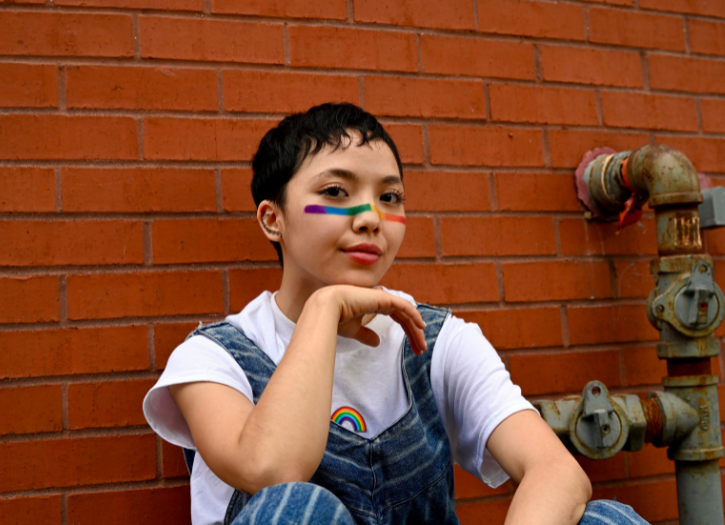
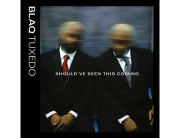
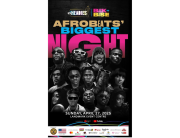
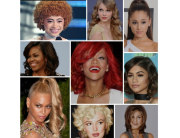
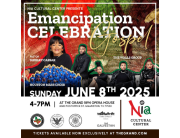
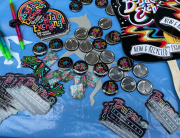
Add Comment